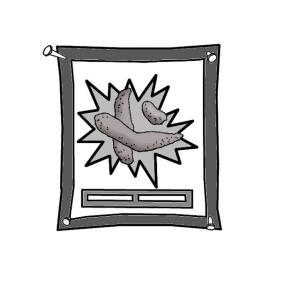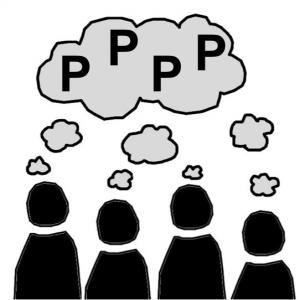Module 5: Health and Hygiene
Lack of provision of safe water and proper sanitation is the major cause of outbreak of water borne diseases (see also water sanitation and health). According to the WHO, 1.8 million people die every year from diarrheal diseases (including cholera); 90% are children under five years of age, mostly in developing countries. However, providing drinking water and constructing toilets does not guarantee the prevention and control of these diseases. The low level of hygiene understanding and poor hygiene practices can increase the risk of transmission of diseases (see also health risk management, participatory hygiene and sanitation transformation and child hygiene and sanitation training). The main objective of this module is to conceptualise and integrate environmental health and water and sanitation. This module will cover the technical engineering control of pathogens and its relationship to water quality and health aspects (see also pathogens and contaminants). The students will learn to characterise and estimate potential adverse health effects associated with exposure of individuals or populations to hazardous materials or situations related to water and sanitation.
The factsheets under "further resources" are taken from the section Waste Water Treatment (WWT) under the Water & Nutrient Cycle perspective.
- Hardware
- Software
- Sections
- Course Material
- Further Resources: Background (Health and Hygiene Issues)
- Further Resources: Softwares









